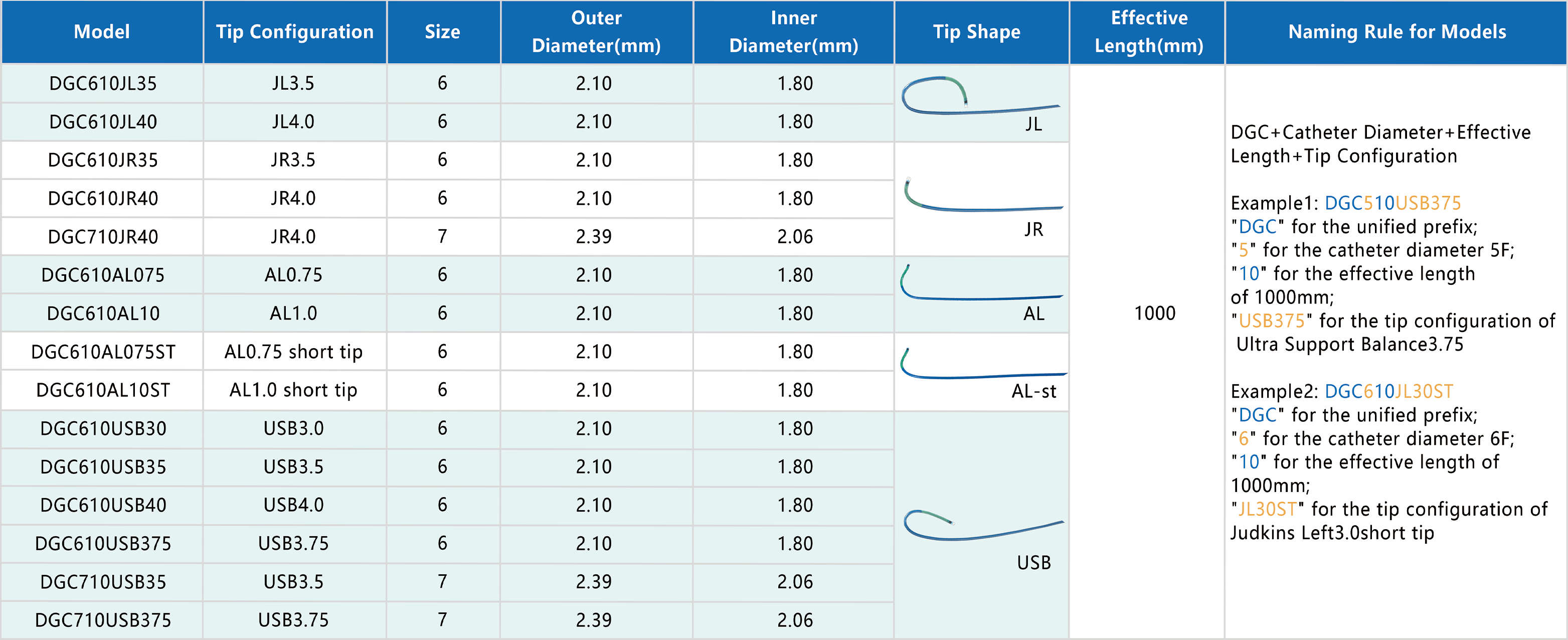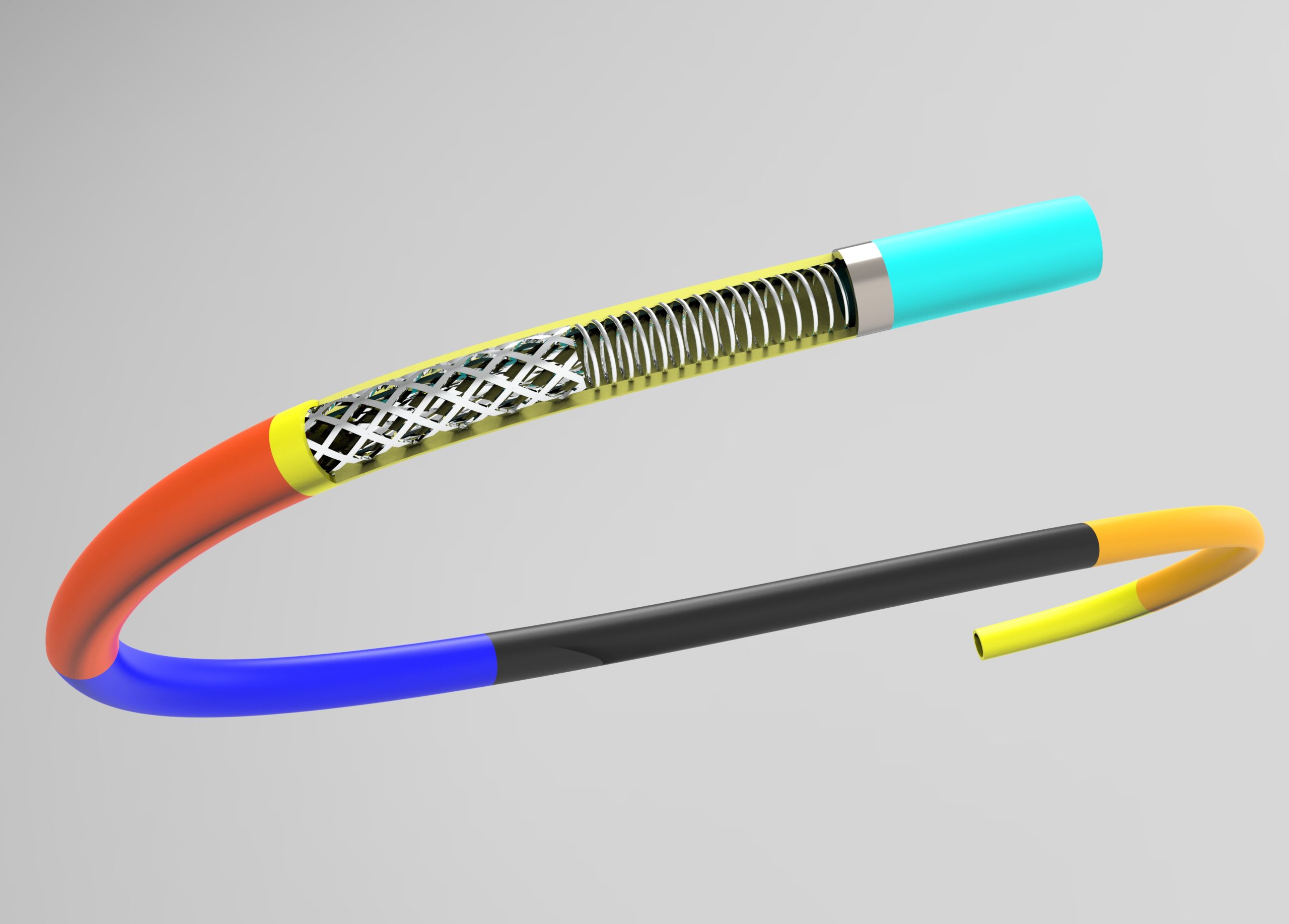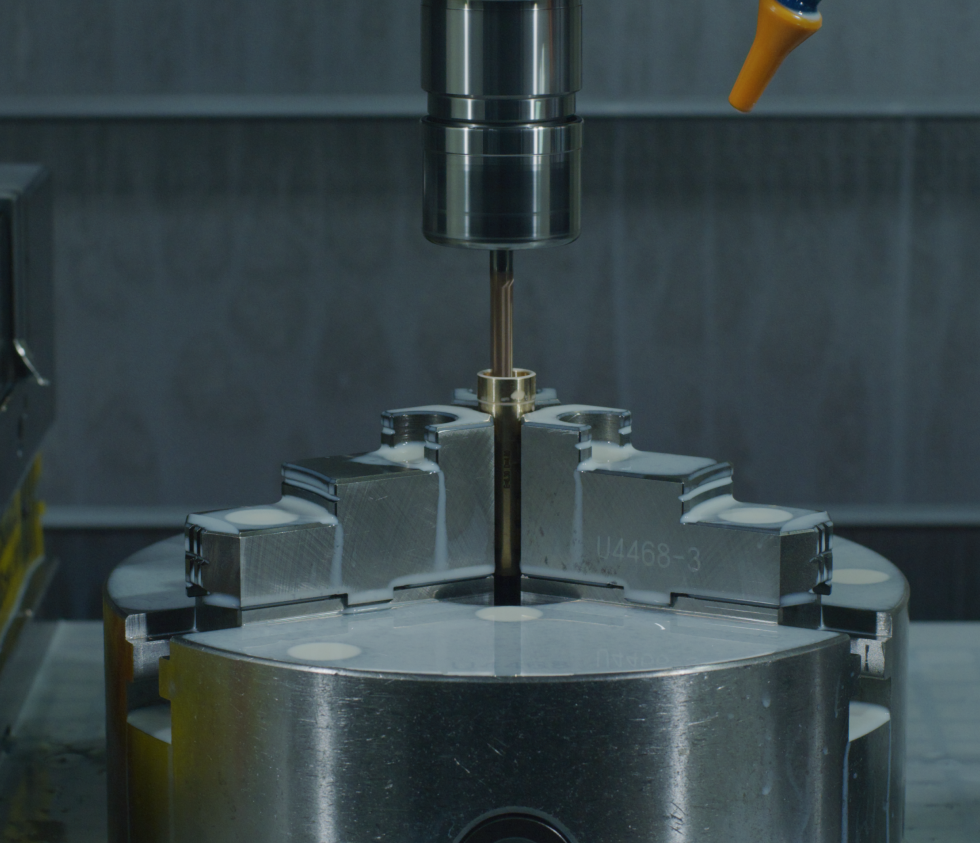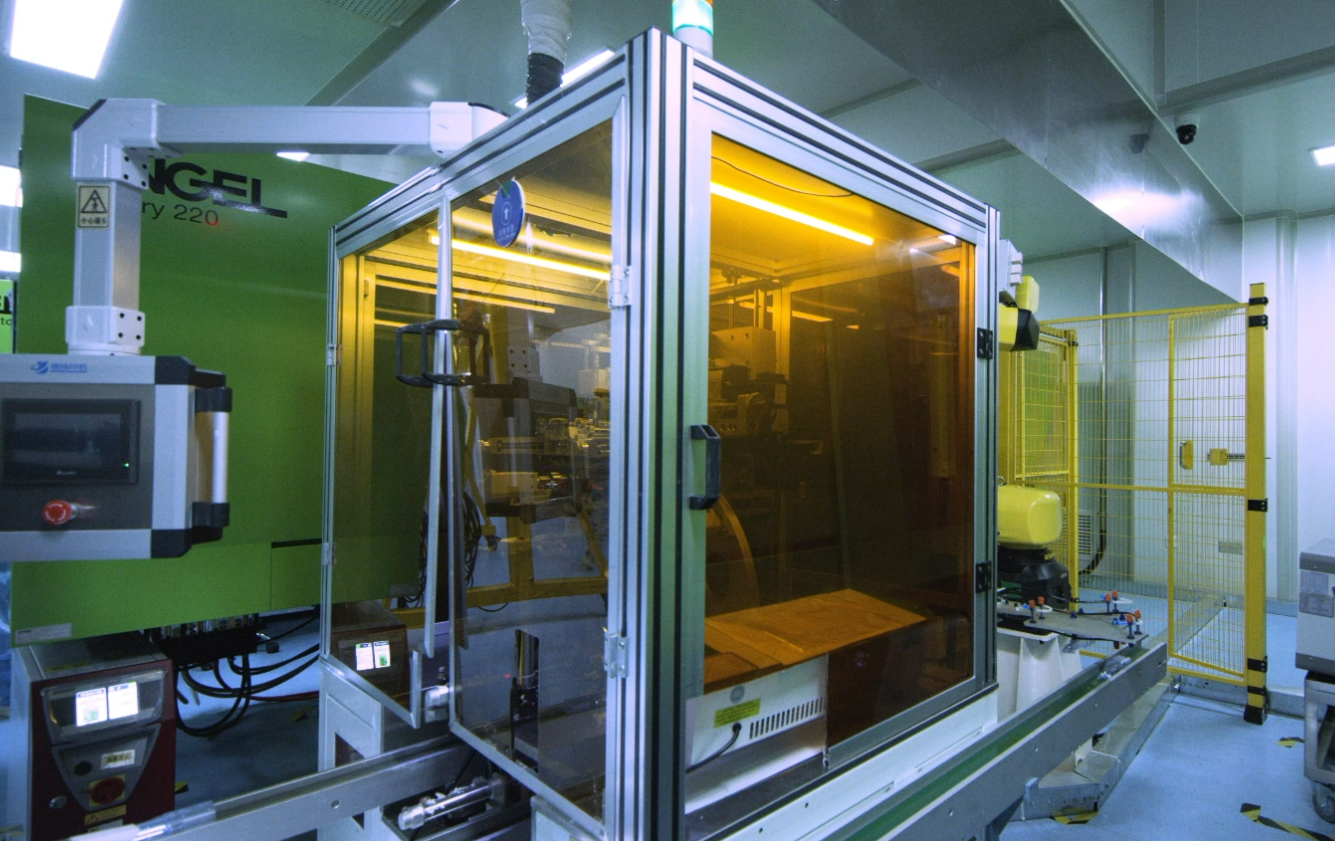Guiding Catheter
Guiding catheters are typically composed of biocompatible materials such as polyurethane or nylon, chosen for their flexibility, durability, and compatibility with bodily tissues. The catheter shaft is reinforced with braided or coiled wires to provide structural support and torqueability while maintaining flexibility for navigation through tortuous vascular anatomy. Soft, atraumatic tips minimize trauma to blood vessels during insertion and positioning. Radiopaque markers or bands incorporated into the catheter shaft enhance visibility under fluoroscopy or other imaging modalities, allowing for precise navigation and positioning during procedures. Demax’s guiding catheters are engineered with advanced materials and design features to optimize performance and safety, ensuring successful outcomes in a wide range of interventional procedures.
- Soft Tips: The catheter is equipped with soft tips, meticulously designed to provide clear visualization and ensure easy access to target sites within the vasculature. These soft tips minimize trauma to blood vessels during insertion and positioning, enhancing patient comfort and safety.
- Large Chamber: With a large chamber diameter of 1.80 millimeters (mm) for 6 French (F) catheters, the guiding catheter offers excellent compatibility with various consumables used during interventional procedures. This spacious chamber allows for smooth passage of instruments and devices, facilitating seamless procedural workflow and optimizing clinical outcomes.
- Solid Wall Structure: The guiding catheter features a solid wall structure, engineered to provide robust support and enhanced torsion control during navigation through complex vascular anatomy. This structural design ensures stability and reliability, allowing physicians to maneuver the catheter with confidence and precision, even in challenging lesions.
- Good Coaxiality: The catheter exhibits good coaxiality, meeting the need for accessing difficult lesions within the vasculature. This feature enables healthcare professionals to maintain alignment and control over interventional devices, ensuring accurate placement and effective treatment delivery.
- Coronary Angiography and Angioplasty: Guiding catheters are commonly used in coronary interventions to access and navigate through the coronary arteries for diagnostic imaging and treatment of coronary artery disease.
- Peripheral Angiography and Interventions: In peripheral vascular interventions, guiding catheters enable access to arteries and veins in the arms, legs, and other peripheral vessels for diagnostic imaging and therapeutic procedures.
- Neurovascular Interventions: Guiding catheters are utilized in neurointerventional procedures to access and navigate through the cerebral arteries and other intracranial vessels for the treatment of strokes, aneurysms, and other neurovascular disorders.
- Embolization and Ablation: Guiding catheters facilitate the delivery of embolic agents, coils, or ablation devices to target sites within the vasculature for the treatment of vascular malformations, tumors, and other pathological conditions.
- Thrombectomy and Vascular Access: Guiding catheters are employed in thrombectomy procedures to remove blood clots from occluded blood vessels and in vascular access procedures to facilitate the placement of catheters, guidewires, and other intravascular devices.
Related products
Stent delivery system Braided catheter
Establishing an access channel forinstruments to enter the body
Customizable in various sizes to meet different lesion requirements
Hook Forming
Demax utilizes high-quality materials such as stainless steel or nitinol for hook forming, chosen for their exceptional mechanical properties, corrosion resistance, and biocompatibility. These materials undergo precise shaping processes to achieve intricate hook configurations tailored to specific medical device applications. With our commitment to quality and precision, Demax ensures that hook-formed components meet the rigorous demands of medical device manufacturing, contributing to the advancement of healthcare worldwide.
Flaring
Precision Medical Tubing Services Flaring involves the precise modification of medical-grade tubing materials to create flares and expansions. The composition of the tubing used in this process varies depending on the specific requirements of the medical device and the application. Typically, medical tubing is made from biocompatible polymers such as polyethylene (PE), polyurethane (PU), polyvinyl chloride (PVC), silicone, or thermoplastic elastomers (TPE). These materials are selected for their flexibility, durability, and compatibility with bodily fluids and tissues.
POM
In the context of medical devices, POM tubing is frequently employed as a core wire due to its exceptional properties. Characterized by its high hardness, POM tubing serves as a robust support structure within various medical instruments and devices. Its rigidity and durability make it well-suited for this role, providing stability and reinforcement to delicate components.
Moreover, POM tubing’s super smooth surface finish facilitates seamless movement within devices, ensuring smooth operation and minimal friction. This attribute is particularly advantageous in applications where precise control and maneuverability are essential, such as catheterization procedures or endoscopic interventions.





